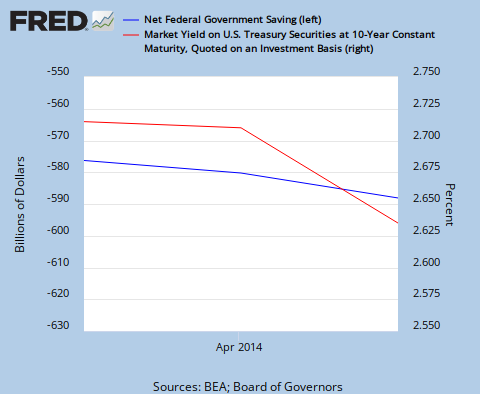
I am a co-manager on a reasonably-sized endowment fund - my friend and colleague Barbara Cummings manages the bond portion of the portfolio, while I handle the equities.
This fund was recently approached by a large brokerage firm with an aggressive recommendation to move a significant portion (25%) of their assets into "alternative investments" (i.e. private equity and hedge funds).
In addition, the brokerage representative suggested adding a 12% exposure to the convertible bond market.
Then investment committee asked us to write a memo asking what we thought about their ideas. Here's what I wrote:
March 1, 2011
Asset Allocation Plan
Thank you for the opportunity to join the discussion regarding the proposed changes in your asset allocation plan.
We will state our conclusions upfront, followed by a more detailed discussion on our views on alternative investments. We hope you will not hesitate to ask us to elaborate further on any of the points discussed in this memo.
Conclusions
We respectfully disagree with the idea of moving 25% of the market value of your portfolio to alternative investments. For a number of reasons, we do not believe your endowment would benefit from having a large exposure to an illiquid asset class whose historic returns have been mixed at best.
We would also suggest eliminating the fund’s exposure to the convertible bond market. Convertibles by design are mediocre investments: they don’t yield as much as the senior debt of the issuing corporation, and the usual conversion premium to the common stock offers muffled returns relative to a direct investment in common stock.
In short, based on our experience, we believe that your investment portfolio would be best served by investing in a more traditional mix of publicly traded common stocks and bonds. Variations in asset classes – e.g. small vs. large-cap; domestic vs. international – could achieve the desired diversification result without sacrificing either returns or liquidity.
We understand the intellectual logic behind investing in private equity and hedge funds. However, as the financial woes of large private equity investors such as Yale and Harvard suggest, these sectors are far from the “free lunch” that private equity sponsors proclaim.
Background
The hedge-fund world has witnessed some terrible behavior by general partners who have received huge payouts on the upside and who then, when bad results occurred, have walked away rich, with their limited partners losing back their earlier gains. Sometimes these same general partners thereafter quickly started another fund so that they could immediately participate in future profits without having to overcome their past losses. Investors who put money with such managers should be labeled patsies, not partners.
-Warren Buffett – 2010 Berkshire Hathaway Annual Report to Shareholders
The investment management area at the Boston Private Bank works with a number of pension and endowment clients. The typical size of our institutional relationships ranges in the area of $5 million to $20 million, with our largest relationship totaling nearly $150 million in size. In short, we have considerable practical experience in the management of endowment portfolios.
As the committee is well-aware, David Swensen at Yale University was the intellectual pioneer in directing larger endowment funds from the public markets towards the private equity and hedge fund areas. Broadly stated, Mr. Swensen’s research indicated that superior returns could generated if an investor was willing to accept less secondary market liquidity.
For years this approach seems to have worked well, and numerous other well-known endowment funds followed the Yale model and moved large portions of their portfolios into the private capital markets.
However, the last few years have demonstrated that there is no “free lunch” available in the private markets. Several problems have become apparent:
- Superior returns from private investments often depend on the stock market. If the new issue market is not conducive to new offerings, private equity returns could suffer;
- The ultimate payout from a private equity investment often takes years to unfold. It is not uncommon for an investor’s money to be tied up for 7 years or longer;
- Fees can be quite large on private investing. A typical arrangement could include a 5% “placement” fee following by annual fees that can reach 2% or more;
- Valuation of private investments can be, by definition, quite arbitrary. It is difficult to value a start-up, for example, if there has been no secondary market activity for similar companies. This obviously makes it quite difficult to determine periodic investment results;
- Returns from private equity and hedge fund managers can vary widely. Truly superior long term results are achieved by only a handful of managers. Indeed, Mr. Swensen himself suggested that smaller institutions avoid the private equity and hedge fund arenas since only the largest and most knowledgeable institutions (e.g. Yale) have the resources to determine superior managers;
- The actual cash returns from hedge funds can vary widely, and are often taxable as short-term capital gains. While this latter point will obviously not affect Littleton, it does illustrate that the typical hedge fund manager is incented to aggressively trade the portfolio (from both the long and short sides), often with deleterious effects on long-term returns.
























